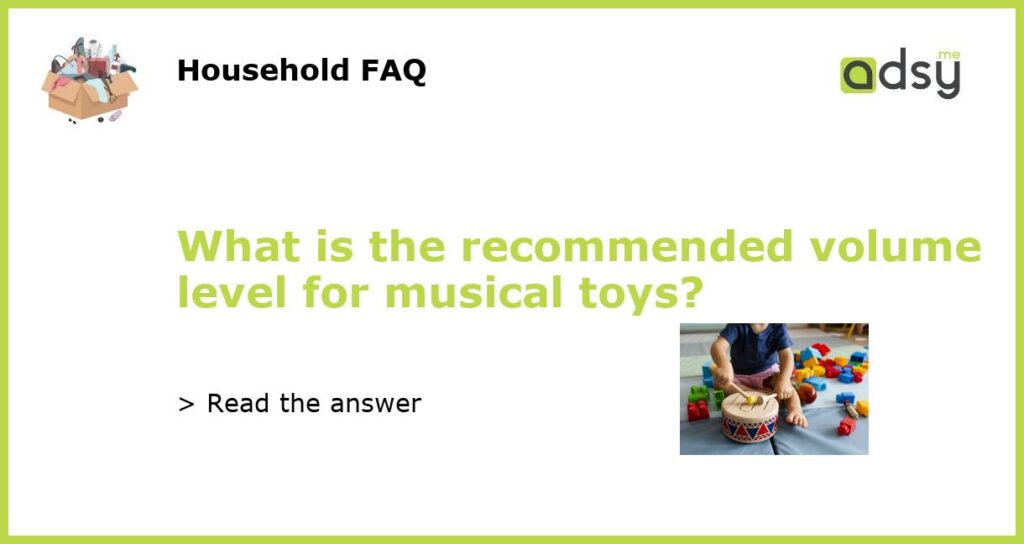The importance of volume control in musical toys
As parents, educators and toy manufacturers look to provide children with a fun and engaging playtime experience, musical toys are increasingly becoming a preferred option. However, with the potential damage that high volume levels can cause to hearing, it’s important to consider the recommended volume level for these popular toys.
Understanding the risks of high volume levels in musical toys
Exposure to loud music or sounds can lead to hearing damage over time. In children, the risk is even greater due to their still-developing ears. According to the American Speech-Language-Hearing Association, noises at or above 85 decibels (dB) can cause permanent hearing loss. Many musical toys measure at or above this level, making it critical to consider volume control mechanisms.
Recommended decibel levels for musical toys
The World Health Organization (WHO) recommends that children’s toys not exceed 65 dB when measured at a distance of 25 centimeters. This level is considered safe for up to eight hours of exposure per day. However, it’s important to note that the volume level should also depend on the age of the child. Younger children should be exposed to lower levels of sound, as their ears are more sensitive.
How to spot safe audio levels in musical toys
When shopping for musical toys, look for those with built-in volume controls or those that come with easy-to-adjust volume knobs. Some toys even have settings that limit the maximum volume level, ensuring that children cannot accidentally increase it and damage their hearing. Additionally, consider purchasing toys with sound-absorbing or -dampening materials to reduce the sound levels that reach children’s ears.
The bottom line: prioritize safe playtime experiences
While musical toys can provide children with a joyful playtime experience, it’s important to prioritize their safety first. By understanding the recommended decibel levels, checking for volume controls and considering the age appropriateness of the toy, parents and caregivers can provide children with an engaging and safe experience.






